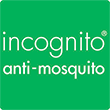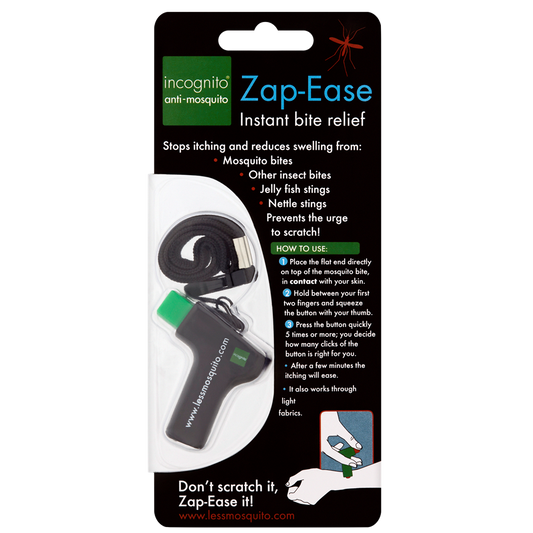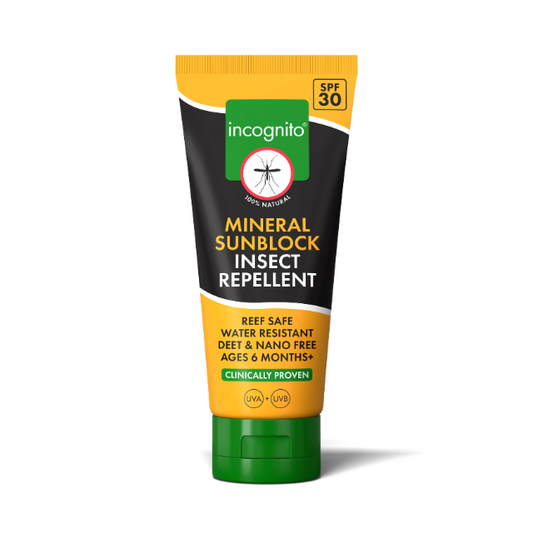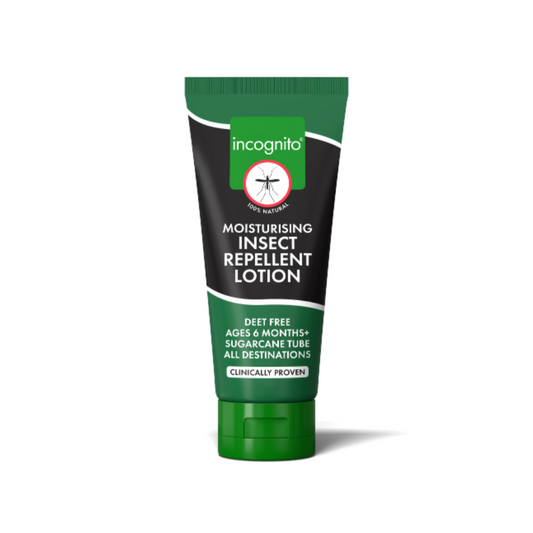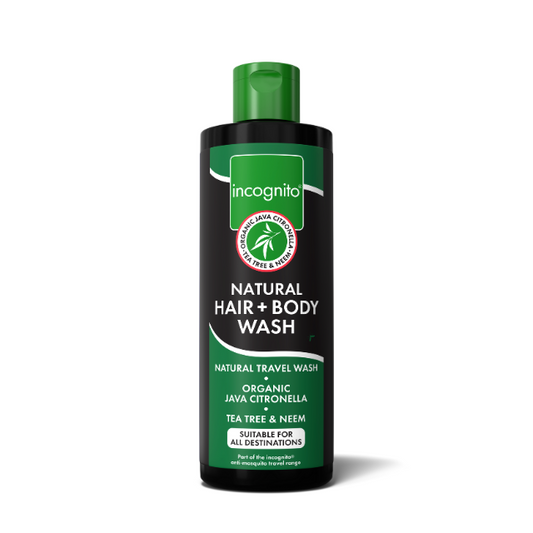Mosquito Bite Avoidance follow C.L.O.A.K.S
Travellers are advised to purchase insect repellents in advance of travel as many countries won't sell effective ones. This is especially important if you are pregnant or planning pregnancy.
Strict Bite avoidance measures are recommended for all travellers. Aedes mosquitoes carrying dengue, Zika, etc are particularly persistent and aggressive biters from dawn until dusk whilst the malaria-carrying anopheles species are active at night.
Especially if you are susceptible to insect bites follow C.L.O.A.K.S
Other tips include: Spray clothes. Reapply insect repellent after washing hands or any other parts of the body. Stay inside, under a mosquito net if you have one, during dawn & dusk. Always sleep under a mosquito net as NO insect repellent will work all night long.
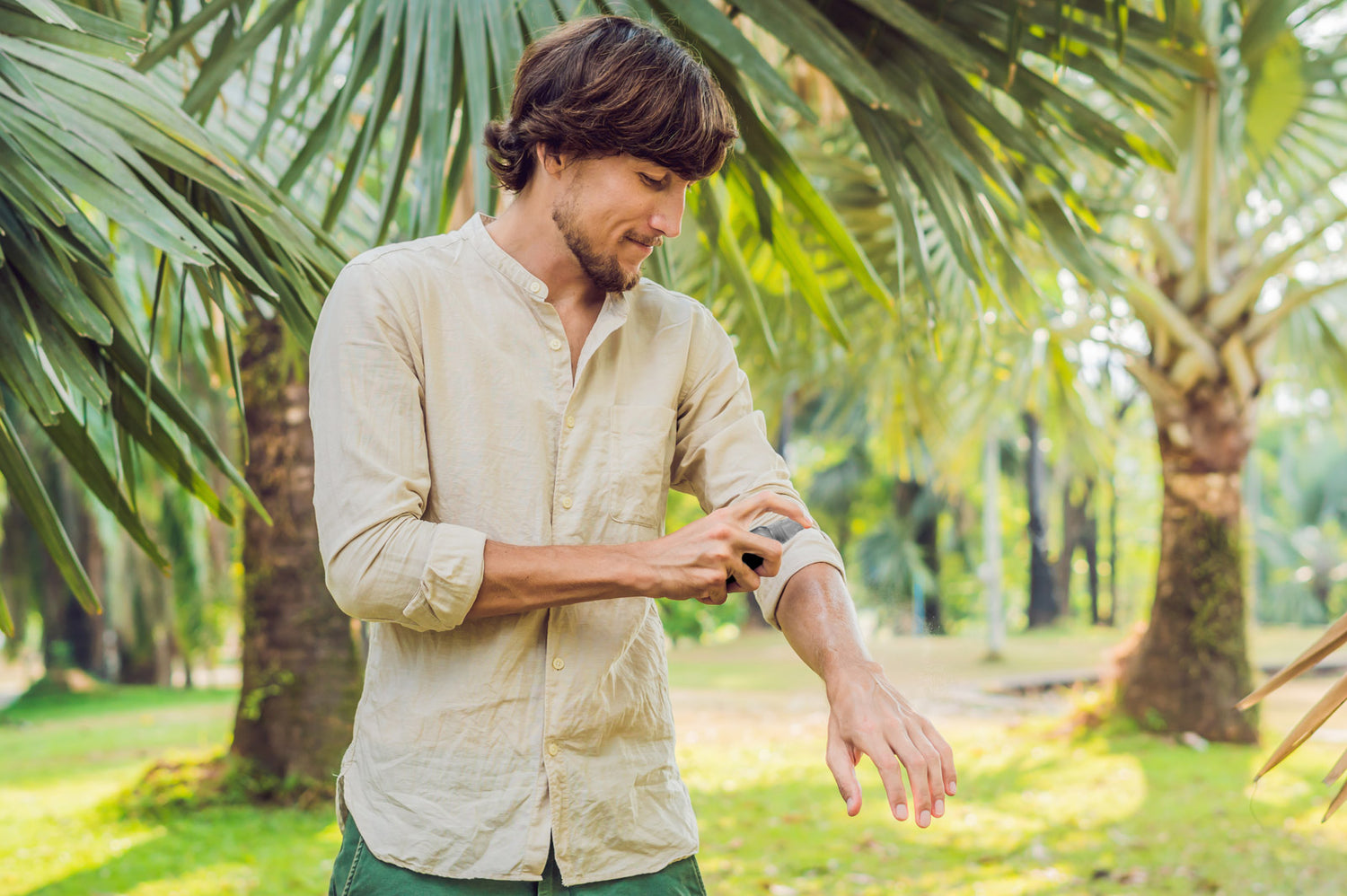
C.L.O.A.K.S
C – Cover up skin as much as possible with suitable clothing, especially arms and legs. You can also soak clothes with 10-20 drops of Java citronella (not the cheaper & less effective C. nardus) diluted in water & leave for 15 minutes or more.
L – Light coloured Loose clothing is advisable to wear as mosquitoes are attracted to dark colours.
O – Odours, both bodily & otherwise e.g. perfumes & nearly all scented toiletries attract insects to you. Therefore, it is key to wash thoroughly morning and evening with our citrus-aromatic HAIR & BODYWASH. Use a loofah every other day to remove dirt from skin pores if you are very attractive to insects e.g. get bitten in the UK: unlike synthetic mittens and other man-made exfoliators, only a natural loofah has microscopic hairs to remove the detritus.
A – Apply incognito® 100% effective insect repellent spray, roll-on, lotion or suncream repellent on exposed skin. Reapply every 4-5 hours or whenever necessary.
K – Keep mosquitoes out of your dwelling by using an incognito® ROOM REFRESHER OR INCENSE STICKS. Keep away from stagnant water.
S - Shake - Always shake your incognito insect repellents and cosmetics before use for maximum effectiveness.
The department of disease control at the London School of Hygiene & Tropical Medicine and the NHS recommends ONLY 2 actives to be used in high risk areas where mosquito-borne illnesses could be present: DEET & PMD The latter is used in all our biocidal repellents & the former should not be used for children as it is a neurotoxin!
Our formulation is made through a unique secret process that increases the duration of efficacy by 22% and gives 100% complete protection time (CPT) for five hours. This special concoction is in all our repellents, it is derived from the purest form of natural PMD (Oil of Lemon Eucalyptus) and is 100% effective against all the main disease-carrying mosquitoes in extensive testing.
In addition to best insect repellent a lot of incognito products have won awards for best mosquito repellent & best midge repellent.
Different type of Insects
Mosquitoes:
Mosquitoes are small insects, whose life cycle begins with eggs laid on the waters surface, eggs hatch into larvae. It is the female of the mosquitoes that are attracted to smells and can pierce the skin and feed on blood. It is during this bite that the mosquito will transfer their own saliva, this can cause an itchy rash and at the same time transfer diseases such as Zika, Malaria, Yellow Fever and other viruses.
Using insect repellent every 4 hours is recommended.
Midges:
Midges are small flying insects, there are various species of midges. Mainly in the UK the highland midges are well known, they can be found across Scotland, north wales, British Isles, Scandinavia regions of northern Europe, Russia and northern china. The female midges are known to gather in groups and bite people. Albeit, mostly midges are attracted to Cattle, sheep and Deer.
A midge bite is a sharp bite, often followed by irritating lumps that may disappear in a few hours/days. Usually prevalent in wet or humid weather. Midges like the rain and darkness, especially prevalent on campsites.
Using insect repellent every 4 hours is recommended. Also, spraying inside the mosquito net and before leaving the net.
Ticks:
Ticks are related to spiders, mites and scorpions.
There are four stages to a tick’s life-cycle: egg, larva, nymph, and adult. Larvae, nymphs and adults spend most of the time on the ground protected by leaf litter, leaving this protection to find a meal. They feed only once in each stage, staying attached for a few days, then dropping to the ground to moult into the next stage or overwinter. The whole life cycle from egg to adult lasts around 2 years.
To the naked eye the larvae look like minute pale spiders, not much bigger than a full stop. Nymphs are slightly larger and darker, pinhead or poppy seed size. Larvae have six legs and nymphs and adults eight. It is the nymph which is most likely to bite you.
Ticks can carry Lyme disease. Lyme disease can take up to 2 days for the tick to transmit, so it is important that the tick is fully removed from the part of the body. If part of the tick remains it can transmit Lyme disease.
Symptoms of Lyme disease can be headache, fatigue, skin rash, fever or facial palsy. As Lyme disease can spread through the body early removal of the tick and being fully covered when walking is recommended.
Using insect repellent every 4 hours is recommended.
Sandfly:
As the name suggests this species of flies particularly like sandy regions, they enjoy sucking blood and can ruin a beach holiday by leaving a rash.
It is usually the female of the sandfly that is responsible for biting and sucking blood which the fly needs for reproduction of eggs.
Sandflies also carry diseases such as leishmasniasis and pappataci fever.
Using insect repellent every 4 hours is recommended, if in a sunny climate and using an insect repellent with sun cream ensure you use a combined repellent and suncream.
Headlice:
Headlice are tiny insects that live on the hair. They can not fly and are transmitted by head to head contact. Nits can not live more than 24 hours off the scalp, therefore using a nit comb (special comb) and removing them and washing with a nit remover shampoo will remove the head lice.
Head lice are a nuisance they will make your scalp itchy and uncomfortable.
Spray on the hair if there is an outbreak in the school to make your child less likely to be a host for the head lice.
Bedbugs:
Bedbugs occur all around the world. These are small bugs that like to feed at night. Whilst bed bugs are not known to carry diseases they can cause large rashes on the body in worst case scenarios wart like symptoms.
Usually an external exterminator may be required to remove bedbugs in extreme circumstances. It is recommended to wear long bedwear and remain covered in new places. If you are bitten, ask the hotel to move you to another room, changing the bedding may not be enough as Bedbugs can last a full 12 months without food.
Before bed wash using a citronella soap and spray over clothes and any uncovered parts of the body with insect repellent.
Our Best Selling Products
-
Zap-Ease - Instant Insect Bite Relief
Regular price £7.99Regular priceUnit price per -
** New Improved Formulation Suncream & Insect Repellent SPF30 100ml
Regular price £24.99Regular priceUnit price per -
Insect Repellent Lotion 100ml
Regular price £14.99Regular priceUnit price per -
Hair & Body Wash 200ml
Regular price £9.99Regular priceUnit price per
